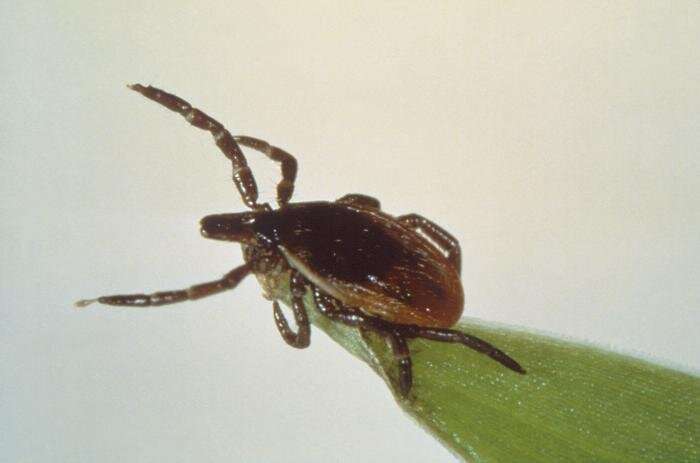Study Links Toxic 9/11 Dust Exposure to Blood Cancers and Genetic Changes

Research links toxic dust from the 9/11 WTC disaster to genetic mutations in blood cells, increasing the risk of leukemia among first responders. The study highlights inflammation's role and potential targets for preventive treatment.
A comprehensive study conducted by researchers at the Montefiore Einstein Comprehensive Cancer Center (MECCC) highlights a significant connection between toxic dust exposure during the 9/11 World Trade Center (WTC) disaster and increased risks of blood cancers, such as leukemia. The research suggests that first responders who inhaled the hazardous particulate matter from the collapsing towers developed specific genetic mutations in their blood-forming cells. These mutations, associated with a condition called clonal hematopoiesis (CH), are typically age-related but were found at elevated levels in exposed individuals, particularly among those under age 60.
CH is a precancerous state where blood stem cells harbor the same gene mutations, leading to increased inflammation and a higher likelihood of developing blood cancers. The study involved sequencing blood samples from nearly 1,000 WTC first responders, along with control groups of firefighters who were not at the site and unexposed individuals from the general population. Responders exposed to the toxic dust exhibited a nearly sixfold increase in the risk of developing leukemia if they had high levels of these genetic mutations.
Experimental studies in mice reinforced these findings, showing that WTC dust induces inflammation via a protein called IL1RAP, which promotes the growth of mutant blood cells. Interestingly, scientists discovered that knocking out the gene for IL1RAP in mice prevented the expansion of defective clones, pointing to a potential target for preventive therapies.
The research indicates that environmental toxins can accelerate biological aging and contribute to cancer development by promoting genetic mutations and inflammation. These findings underscore the importance of screening toxin-exposed populations for early signs of clonal hematopoiesis and exploring targeted treatments, such as IL1RAP inhibitors, to reduce cancer risk. The study broadens our understanding of how environmental disasters can have long-term health effects, informing strategies for prevention and intervention in affected communities.
Source: https://medicalxpress.com/news/2025-09-toxic-exposures-blood-cancers.html
Stay Updated with Mia's Feed
Get the latest health & wellness insights delivered straight to your inbox.
Related Articles
Cannabis Use Linked to Reduced Risk of Postoperative Eyesight Complication
New research suggests cannabis use may lower the risk of complications following retinal detachment surgery. Learn more about this emerging connection in ophthalmology research.
Food Insecurity and Increased Mortality Risk in Cancer Survivors
Recent research reveals that food insecurity among cancer survivors leads to a 28% higher risk of death. Addressing nutritional access is vital for improving long-term health outcomes in this vulnerable population.
Microglia Gene Activity Varies Across Alzheimer's Disease Stages, Highlighting Potential Therapeutic Targets
New research reveals how microglia gene activity changes across Alzheimer's stages, uncovering potential targets for innovative therapies to combat neurodegeneration.
Advancements in Lyme Disease Diagnosis and Adolescent Health Information Through Artificial Intelligence
Innovative AI-driven blood tests are revolutionizing Lyme disease diagnosis, while AI tools empower adolescents with medical information—these advancements promise to improve patient outcomes and health literacy.



